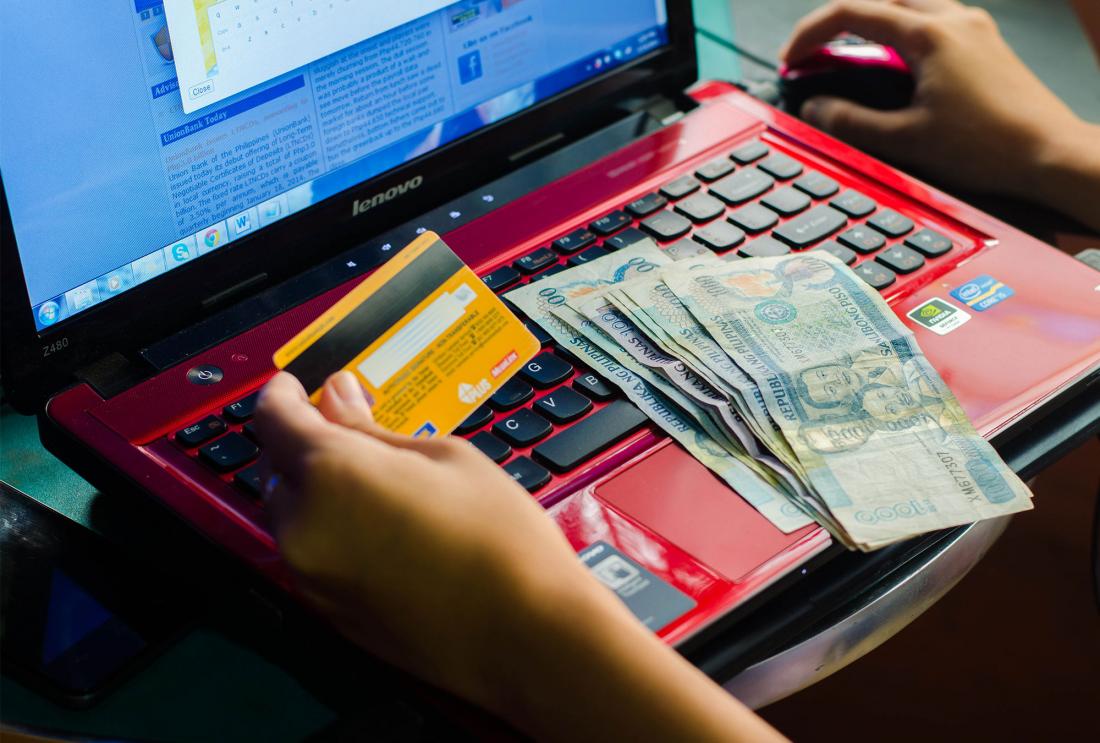Sensitivity to Interest Rates and Account Ownership Requirements for a Commitment Savings Account in the Philippines
- Household finance
- Credit
- Savings
- Pricing and fees
Access to savings accounts may help the poor through debt reduction, increased income through productive investments, and the ability to maintain spending during difficult times. However, there is little evidence on why people choose to open an account and whether interest rates or other account features are effective tools for expanding use. Researchers worked with First Valley Bank in the Philippines to evaluate the impact of varying the interest rate and account ownership requirements on demand for commitment savings accounts. While savings account take-up was 23 percent, neither the interest rates nor the ownership requirements affected individuals’ demand for accounts.
Policy issue
Access to savings accounts may help the poor through debt reduction, increased income through productive investments, and the ability to maintain spending during difficult times. Recent research has shown that access to savings accounts can have large, positive impacts on saving levels, as well as household expenditure and income. However, there is little evidence from developing countries on why people choose to open an account and whether interest rates or other account features are effective tools for expanding use.
Context of the evaluation
First Valley Bank (FVB) is a for-profit bank operating in Western Mindanao, Philippines. At the time of study, the bank was rolling out its Gihandom (Dream) Savings product, which allows clients to set their own savings goal amount (2000 pesos or above, or approximately US$50) by a certain date (from 3 to 24 months after account opening). The minimum deposit for accounts is 100 pesos (approximately US$2.50), and there are no deposit requirements. The client receives a savings lockbox and is encouraged at sign-up to make small deposits on a daily basis. The bank holds the key to the lockbox, and when the lockbox is full, the client goes to the bank to deposit the money in the savings account. The account is designed to be a commitment device: money can be withdrawn only after both the goal amount and the goal date have been reached.

Details of the intervention
Researchers worked with First Valley Bank to evaluate the impact of varying the interest rate and account ownership requirements on demand for the Gihandom savings accounts. Between April and August 2007, FVB employees conducted door-to-door marketing in rural and small urban areas, offering 9,992 individuals the opportunity to open one or more Gihandom accounts. Marketers randomly offered one of three different interest rates:
- The bank’s annual interest rate of 1.5 percent on balances up to 8000 pesos (approximately US$200);
- A high interest rate of 3.0 percent;
- The high rate, but conditional on the clients meeting their self-set goal amount (ranging from 2000 to 8000 pesos, or approximately US$50 to US$2,000), within their self-set time period (ranging from 3 to 24 months).
If the individual offered the account was married, marketers randomly offered one of three account ownership requirements: individual account only, joint account only, or the option of either an individual or joint account. Researchers used data collected by marketers on account take-up, as well as FVB transactions data for two years following the marketing, to measure account usage and savings amount.
Results and policy lessons
While savings account take-up was 23 percent, neither the interest rates nor the ownership requirements affected individuals’ demand for accounts.
Account take-up: Of the 9,992 offers, 23 percent of individuals opened an account. These results are comparable to take-up rates in other settings.
Account usage: Individuals who opened an account had an average balance of 841 pesos (approximately US$21) over their first 12 months. Ninety-eight percent of account openers started with only the minimum opening deposit of 100 pesos (US$2.50) and 61 percent never made additional deposits after the opening deposit. Among those who made more than one deposit, the average number of deposits over the entire 20-month period was five. As of November 2008, 19 percent of account holders had reached their goal.
Researchers found no evidence that demand for savings accounts increased in response to the interest rates or account requirements offered. Despite a clear preference for individual accounts (among those given a choice of a joint or an individual account, 89 percent chose the individual account), those offered the joint account did not have lower account usage. Researchers hypothesize this may be due to the commitment device provided by the Gihandom account, which may have made it easier for spouses to monitor the use of joint funds.
